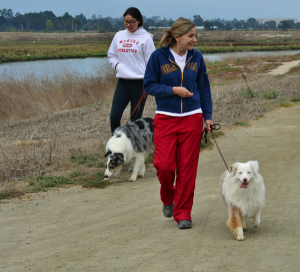Once again, words of wisdom from ancient and current sages:
1. Annie Dillard
You do not have to sit outside in the dark. If, however, you want to look at the stars, you will find that darkness is necessary. But the stars neither require nor demand it.
2. Mark Twain
A thing long expected takes the form of the unexpected when at last it comes.
3. Helen Keller
I long to accomplish a great and noble task, but it is my chief duty to accomplish small tasks as if they were great and noble.
4. Victor Hugo
Be like the bird, pausing in his flight
On limb too slight,
Feels it give way, yet sings,
Knowing he has wings.
5. Mary Ann Radmacher
Courage doesn’t always roar. Sometimes it is the quiet voice at the end of the day saying . . . “I will try again tomorrow.”
What’s your favorite quote?


 crosswords are often built on puns within the clues or the theme of the puzzle. For example, the theme of last night’s crossword was “The Other Half.” The trick is to figure out the long answers in the puzzle that reflect the theme so you can more easily solve the puzzle. So, one of the clues was “Classic doll.” I filled in enough of the other answers to see the beginning of the long one was “Raggedy _ _ _ _.” Raggedy Ann? No, there were four spaces left. Raggedy Andy? Well, the ‘A’ worked, but not the rest of the letters. I paused and looked at the theme, “The Other Half.”
crosswords are often built on puns within the clues or the theme of the puzzle. For example, the theme of last night’s crossword was “The Other Half.” The trick is to figure out the long answers in the puzzle that reflect the theme so you can more easily solve the puzzle. So, one of the clues was “Classic doll.” I filled in enough of the other answers to see the beginning of the long one was “Raggedy _ _ _ _.” Raggedy Ann? No, there were four spaces left. Raggedy Andy? Well, the ‘A’ worked, but not the rest of the letters. I paused and looked at the theme, “The Other Half.”






